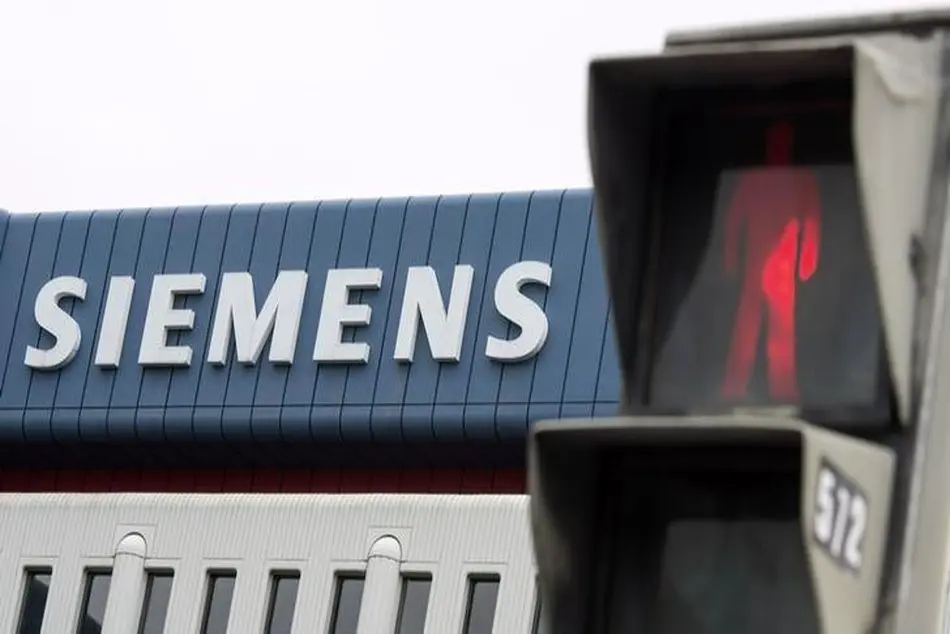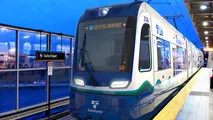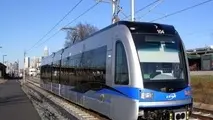Siemens launches software to allow traffic intersections to interact

Siemens has introduced a new traffic control software called SEPAC Peer-to-Peer, which enables controllers at different intersections to share traffic and pedestrian information.
The ‘connected’ feature enables the on-street network of controllers to respond to changing traffic conditions in real-time.
Siemens’ new software allows controllers to transmit information about a large number of vehicles to a controller at the next traffic signal, enabling extra greenlight time for cars moving through several intersections. This is intended to allow for a free flow of traffic.
Currently, the city of Abilene in Texas is using the peer-to-peer technology to ease traffic flow along a heavily used corridor.
Abilene traffic engineer James Rogge said: “The city of Abilene has two state highways meeting at two intersections about 750ft apart and has elevated railroads passing between them. This was a big problem when time clocks got out of step, making the traffic flow between the intersections very inefficient.
“Since the implementation of Siemens SEPAC Peer-to-Peer functionality, the city has seen significant improvements in traffic flow through this once congested area in Abilene. Commuters have even called the city expressing their contentment with and realisation of improvement to traffic flow."
SEPAC offers a greater level of insight to operators on the prevailing traffic conditions. The software can be installed in existing traffic controllers and does not require any additional equipment or IT infrastructure.
Siemens Intelligent Traffic Systems CEO Marcus Welz said: “Siemens is continuing to lead the industry in adaptive traffic signal control systems, developing a broad variety of technologies to reduce travel time and delays and ultimately solve congestion in cities of all sizes.
“The new Siemens traffic control software includes an innovative approach for on-street, adaptive solutions by leveraging peer-to-peer technology that will make intersections work even harder for drivers and help bring our traffic infrastructure into the 21st century.”



